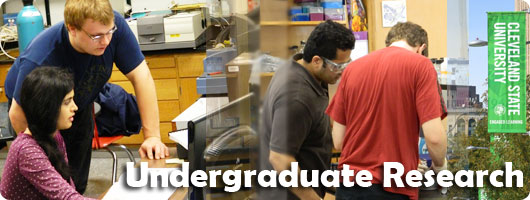Files
Download Full Text (109 KB)
Description
Above-knee amputees who use a prosthetic leg typically have to compensate for its shortcomings with unnatural hip motions. This compensation eventually leads to adverse health issues such as arthritis. We propose an active prosthesis to improve performance. The motor in our prosthetic knee allows the patient to move his hip normally, thus reducing the possibility of ancillary health issues. To improve the efficiency of the prosthesis, we use the braking phase of the prosthesis to regenerate energy. By storing energy in a supercapacitor during braking, the prosthesis lasts longer between each charge than it would without regenerative braking. We are considering two knee motor designs—a gear drive and a ball screw drive. Both designs appear to have the potential for regeneration. Several parameters characterize the prosthesis design. We use biogeography-based optimization (BBO) to determine these parameters. We are currently optimizing the prosthesis design to achieve accurate tracking of the knee angle. Future optimization criteria will include efficient energy use and generation.
Publication Date
9-5-2013
Disciplines
Biomechanics and Biotransport | Biomedical Engineering and Bioengineering | Engineering
Recommended Citation
Barto, Taylor; Warner, Holly; Rarick, Rick; and Simon, Dan, "Design Optimization of an Above-Knee Prosthesis with Energy Regeneration" (2013). Undergraduate Research Posters 2013. 10.
https://engagedscholarship.csuohio.edu/u_poster_2013/10




Comments
Student Researchers: Taylor Barto; Holly Warner; Rick Rarick
Faculty Advisor: Dan Simon